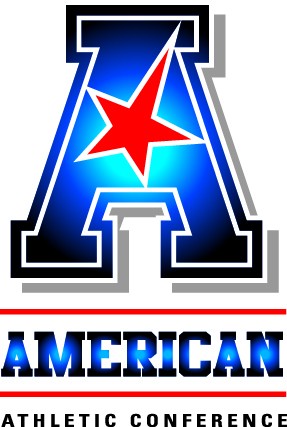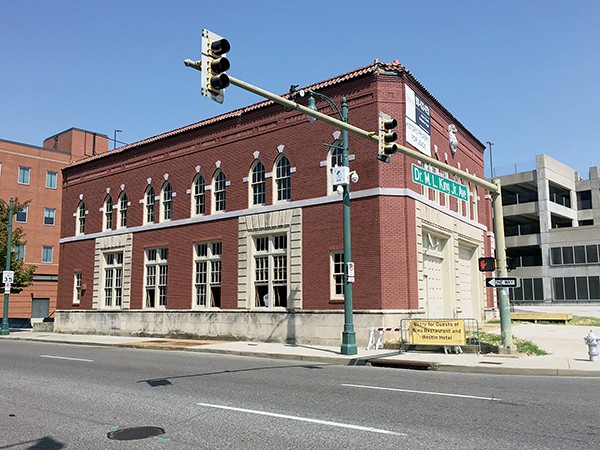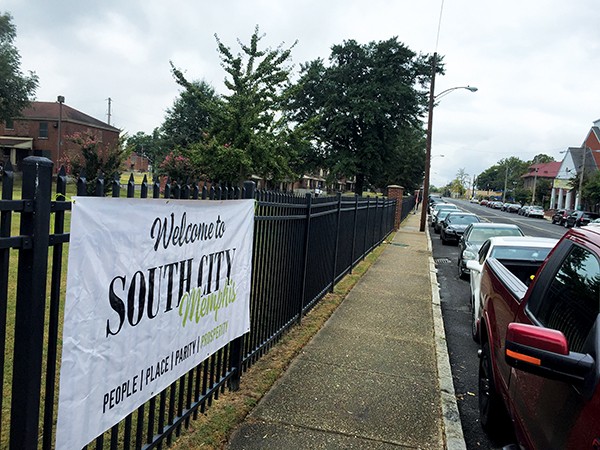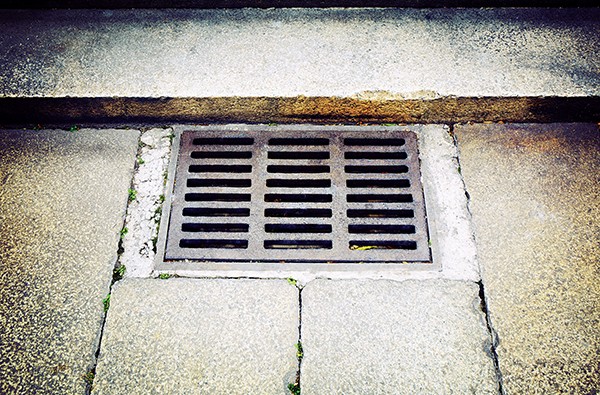 Toby Sells
Toby Sells
City officials and area stakeholders say they are ready to move forward with the redevelopment of The Pinch District.
Memphis City council member Berlin Boyd represents the area and he assembled government and business leaders Thursday morning at Memphis City Hall to discuss what’s next in Pinch planning. That next step in planning is, simply, that they have selected a plan.
Boyd said city leaders have selected a plan from local architecture firm Looney Ricks Kiss [LRK]. The city had once hired LRK as a consultant on Pinch planning but their plan was ultimately shelved. Boyd said the city will move forward with that plan because is is the most recent and that “it fits the model of what everyone wants.”
Details of that plan were not immediately available. But a copy of the LRK plan for the Pinch has been requested.
Boyd was quick to point out a caveat about the LRK plan : “We’re not saying this is the plan set in stone.”
“This is the most current plan and it will actually encompass almost everything that’s existing and help to grow those existing components,” Boyd said.
With that in mind, Boyd said he will soon schedule a series of meetings with stakeholders and land owners in The Pinch. While he said city leaders have notions of how to maximize the land in the area, he wants to hear from citizens.
Probably the loudest voices in the future of The Pinch development will be St. Jude Children’s Research Hospital and (to a lesser degree) Bass Pro Shops at the Pyramid.
Both organizations are major anchors in The Pinch area. City chief administrative officer Jack Sammons said the city will move forward with deference to those “bookends” in The Pinch, “but primarily St. Jude Children’s Research Hospital.”
The city wants to fast track Pinch development, Sammons said, and he wants city government officials to help developers, instead of standing in their way. However, the city won’t act as a developer (or set up a “City of Memphis real estate department” as Sammons said) but “we’re there to be a partner with developers, and not be an obstacle.”
“Our task is really to create this blank canvas into something that can make us proud for generations to come,” Sammons said.
Downtown Memphis Commission [DMC] president Paul Morris urged the group to make Pinch plans crystal clear both to the group working on the plan and to the public.
He recommended that city leaders publicly announce that either the city will acquire property in The Pinch (as has been the word on the street for a long time) or that it will use zoning laws and financial incentives from the DMC to aid private-sector development.
“But at this point – to me, at least – it’s ambiguous what the (Pinch plan) purpose is,” Morris said.
Boyd said his intention Thursday was clear.
“We dusted a plan off and we have an idea and now we have to get (city officials), St. Jude, and Bass Pro at the table to say, ‘Hey this is what we see and this is what we want,’” Boyd said. “Then we can move forward from that standpoint as to what the city’s position will be on narrowing down a real, defined purpose.”
Boyd noted that at least now there is movement on The Pinch District and that now everyone is included in the planning process.
“The Pinch is 30 years of missed opportunity, perhaps,” Sammons said. “Sometimes a problem is a new opportunity. The fact that we didn’t do a Sidney Shlenker amusement ride in between St. Jude and the Pyramid, maybe that’s created opportunities today to do something really cool.”

 Lesley Young
Lesley Young 


 Toby Sells
Toby Sells  Alakoo | Dreamstime.com
Alakoo | Dreamstime.com 